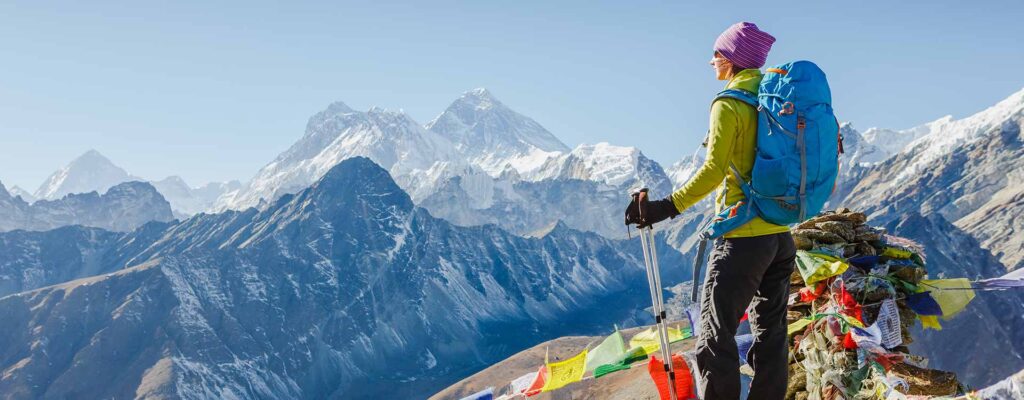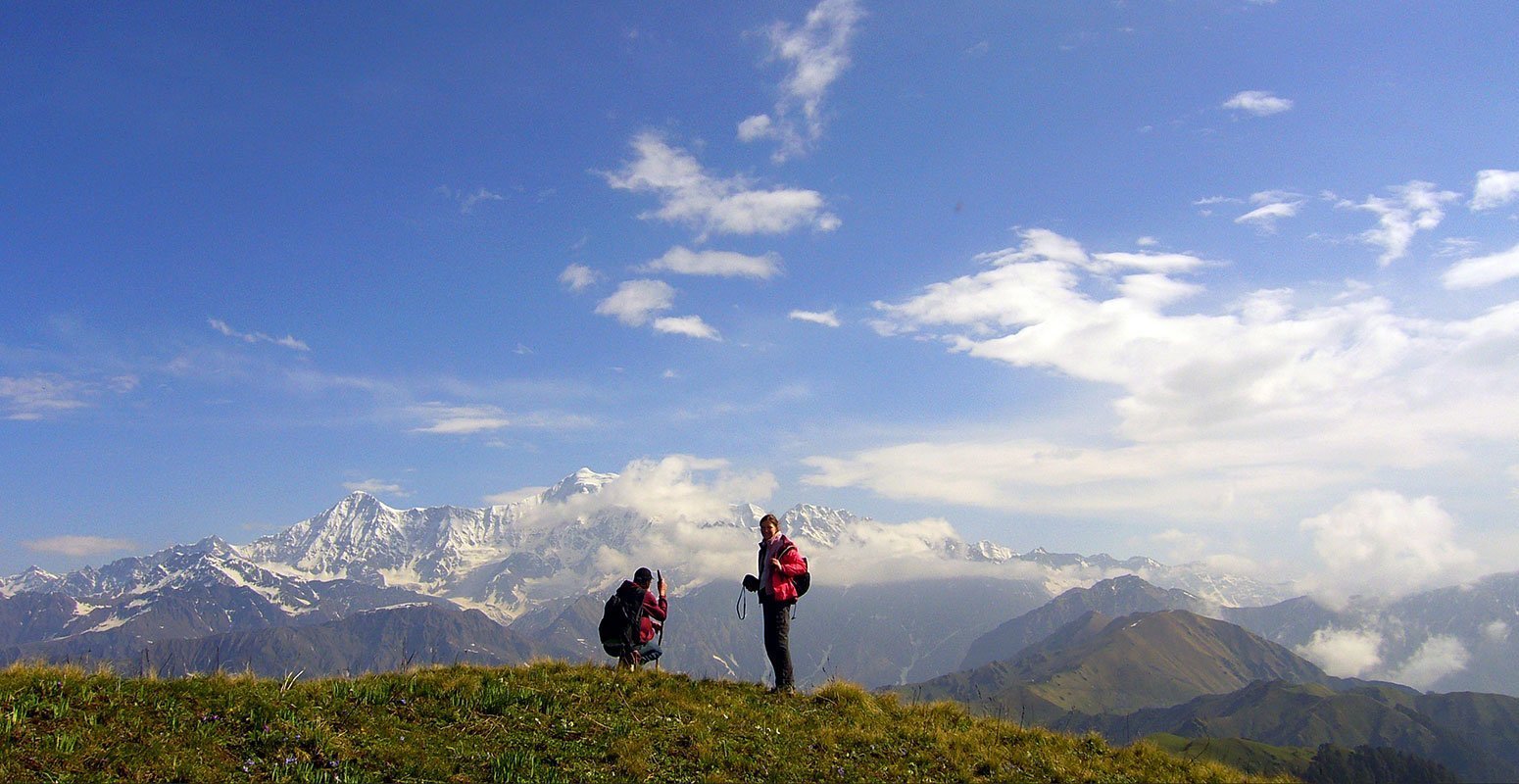Adventure treks are the cause which is rotting himalayas
With the rise in no. of travelers during the internet era, the college-going youth is coming in hordes to the pristine mountain ranges across the Himalayas. Easy accessibility, transportation, and the easy-on-pocket merrymaking desire for adventure are paving the way for Trek-based tourism evermore. The same can now be seen overburdening the untouched ranges and trek routes meant for Shepherd tribes such as Gaddis, Bakarwals, etc.
Trekkers litter around and have to use the open toilet which has been found poisoning the rivers downstream. The evidence can be attributed to the never-found-until-2015 waterborne disease outbreaks such as Diarrhea, Typhoid, Cholera and Hepatitis in Dharmahala, Manali and Shimla.

Who will take the blame? Well, Nobody!
Part of the blame must go the private tour operators who are conducting these activities with no vigil hoping for instant money. Trekkers often go off-route, walk over the grass and seasonal wild flowers, temper with the Fauna, thus permanently damaging the ecosystem eventually. Tour operators and guides don’t dare, not even advise the trekkers against doing it. They must understand that cashing-in on Nature will be possible only until it’s beautiful.
Also reads – America’s top 10 most exotic destinations
And, administration who enjoys only collecting taxes is plays the larger spoilsport to not have formalized and inducted any norms for organizing Adventure Treks. There must be separate orders for both Operators and Tourists to strictly follow.
As citizen-travellers, we should contribute towards saving our ecology as much we can by following the normal guidelines. Stricter norms and heavy penalties for trekkers and operators alike is the only way forward to save Himalayas from getting spoiled. There must be an E-pass based system for trek approval for every trekker and there should be a limit assigned on the no. of passes to be generated every season. Yes, SEASON. A trek route must be allowed to open only for 6 months. Remaining six month will help heal the ecology of the particular route.

